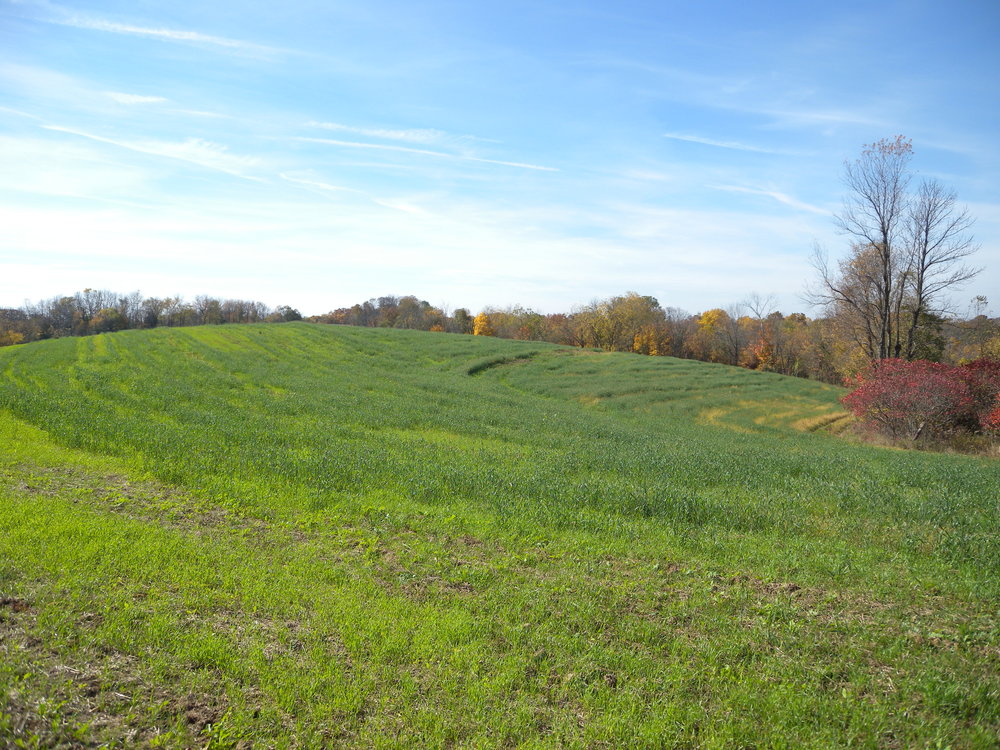The Driftless Region

What is the Driftless Region?
During the last ice age, glaciers leveled what is now the Midwest, but spared 24,000 square miles contained mostly in southwest Wisconsin (but also slivers of Minnesota, Illinois, and Iowa). The expanse is known as the Driftless Region. The term “driftless” indicates a lack of glacial drift, the deposits of silt, gravel, and rock that retreating glaciers leave behind. The geography of this region is characterized by its steep, rugged landscape, and by the largest concentration of cold water streams in the world. The absence of glaciers gave the rivers time to cut deeply into the ancient bedrock and create the distinctive rock outcroppings and beautiful hills and valleys.
Wheat was one of the area’s earliest cash crops, and from 1840 through 1880, Wisconsin was known as America’s Breadbasket. After a decline in the 1900s, it is experiencing a comeback here in the Driftless Region where our farmers have found that growing grains along the ridgetops of these hills provides the perfect environment. The breezes keep the plants healthy, the drainage is perfect, and the ancient soils provide the right nutrients to grow vibrant, delicious grains.